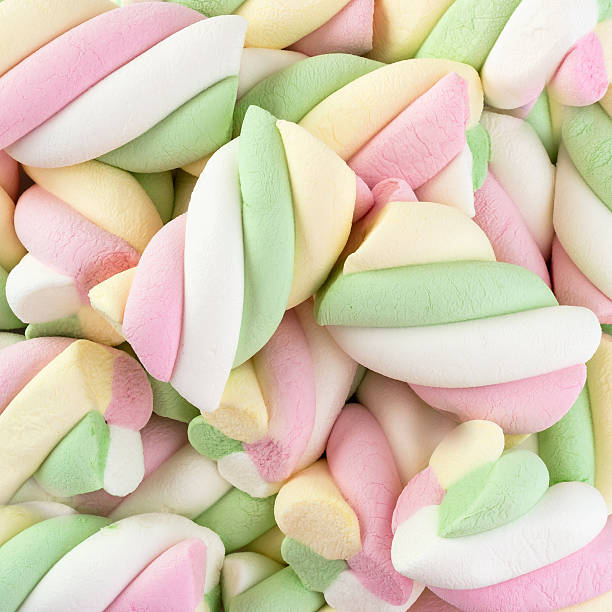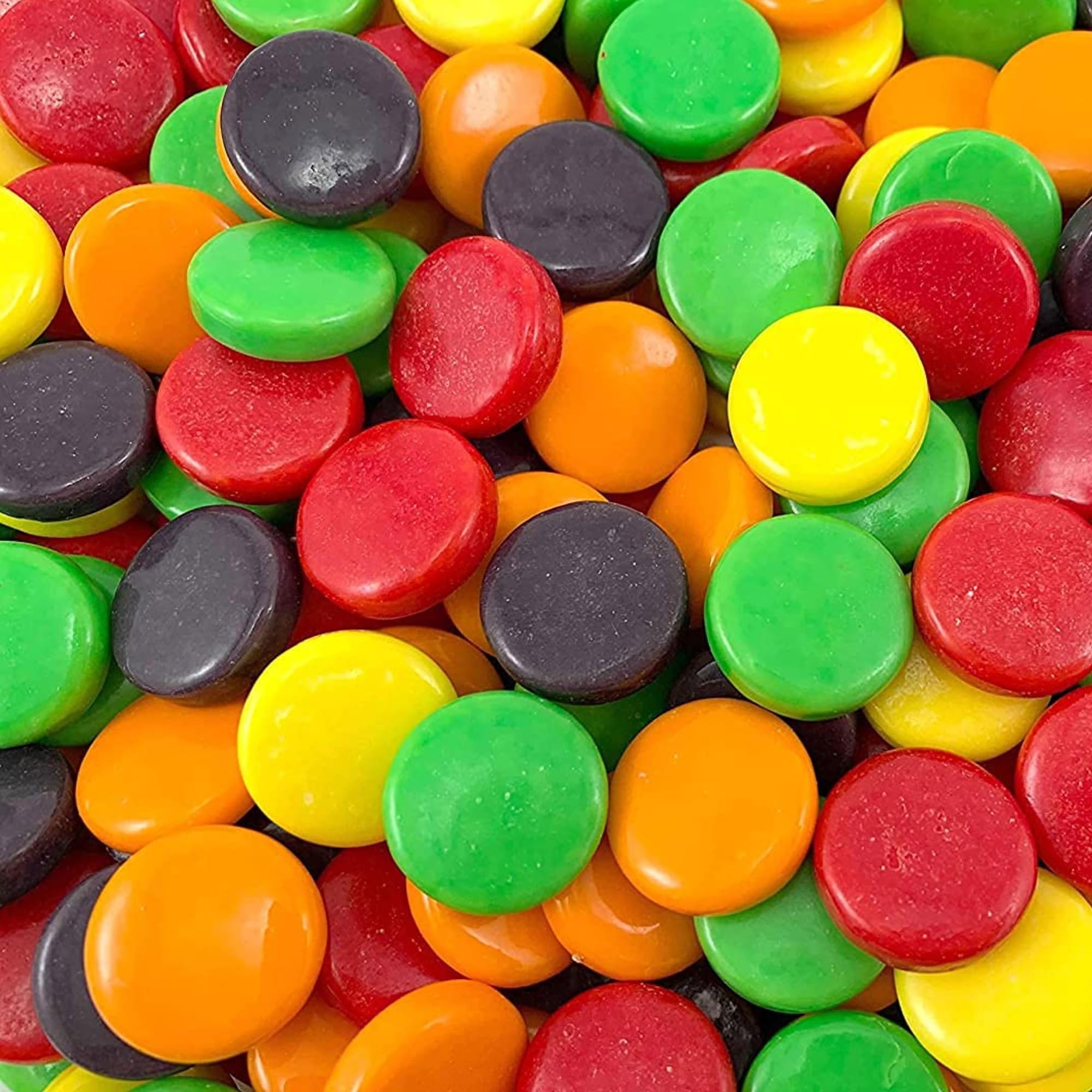Marshmallow Candy
Marshmallow candy can be a favorite of children as well as parents, so it just seems to make life that much better! Although marshmallow is not as common in chocolate bars as, for example, caramel, nougat, or peanut butter, it is safe and a favorite among many marshmallow candy consumers around the world.
The History of Marshmallows
Like many of our favorite candies today, marshmallows have a long history and an evolutionary process that began many centuries ago. Sometime around 2000 B.C. In the 4th century BC, The ancient Egyptians harvested juice from marshmallow plants and mixed the tea with peanuts and honey as a sweetener. Because it is a good idea, it is good to have Goodies, the spare wheel is used for the outside world.

The French are responsible for the modern versions of the Marshmallow
In the mid-1800s, French confectioners got their hands on the malware and whipped up the juice with egg whites and sugar syrup to create a new candy. But the hair was in the letter, the fluffy candies we know and love today. Rather, as Smithsonian Magazine notes, these marshmallows were more like a “cross between a medicinal lozenge and a chocolate.”These treats were an instant success, marshmallow candy but candy manufacturers struggled to meet consumer demand. This was because these treats were made individually by hand, which required a lot of time and effort to make. Given the rapid global industrialization on the tide, it was only a matter of time before this process was completely rethought.
Eventually, candy manufacturers discovered that the malware customer was being replaced with gelatin. marshmallow candy Combined with modern manufacturing processes results in the light and airy marshmallow gods seen on store shelves today.
The Popularity of Marshmallows exploded in the 1950s
With marshmallow Candy available, consumers are eager to devour them in droves. Newspapers began to publish various recipes for dishes with fluffy white delicacy. This included a sweet potato casserole with a topping of toasted marshmallows. These candied yams have become a Thanksgiving dinner staple across the United States. At this time, marshmallows were also heavily marketed as the perfect accompaniment to any cup of hot chocolate. We couldn’t think of a better way to warm you from the inside out during the cold winter months ahead!
Another notable contribution was made by the candy company Annabelle’s with the Rocky Road Marshmallow candy bar. This was the invention of Russian immigrant Sam Altshuler, who had roots in the San Francisco area. He invented the bar in 1918 marshmallow candy and sold it from a wheelbarrow in front of movie theaters. But it wasn’t until the 1950s that success came.
WHAT ARE MARSHMALLOWS EVER?
The name marshmallows comes from an ancient ingredient of the original delicacy: the slimy juice extracted from the root of the marshmallow (Althea officinalis). Since ancient times, the Lemon juice of this plant has been used as medicine.
HOW TO MAKE MARSHMALLOWS
To make the malt, the gelatin is first soaked in a little water (flowered) and then the hot sugar syrup (brought to the right temperature) is poured in with the vanilla. Then whisk until the mixture has cooled to about 95°F (35°C). The resulting fluff will be very sticky! As the gelatin cools and hardens, the mallows will harden and can be sliced. The marshmallows in a bag don’t stick together and form a clump of sugar monsters if they’re covered in a thin layer of cornstarch. with granulated sugar containing corn starch. (Originally, the candies were poured into cornstarch molds.)
You might want to try both greasing and dusting the mold before pouring. We just greased them and it was easy to get them out of the pan. I suspect a light dusting of the bottom with granulated sugar will help. After letting them cool for a few hours or overnight, cut them into pieces and dust the exposed sides with more granulated sugar. Let it sit for a while and then do whatever you want with it! For your s’mores this summer, try kicking things up a notch. These soft, fluffy treats have an exceptional flavor compared to any mallow you’ve probably ever eaten. And you can customize them as you like.
You can add some chopped nuts to the blender in the last 30 seconds of blending, add rose water, add some honey to the corn syrup, and crush the granulated sugar with some cocoa powder from here it’s all up to you! It is truly remarkable how these few ingredients come together to display the pastry chef’s art. Common household ingredients become almost magical candies by simply tempering the sugar at the right temperature and stirring it into the air. It is remarkable and you will enjoy it if you try this recipe.
INGREDIENTS
- 3 packs (21 g) tasteless gelatin
- 1 C water, divided
- 1 1/2 C granulated sugar
- 1 C light corn syrup
- 1/8 tsp salt
- 1 tbsp vanilla extract
- Icing sugar for sprinkling

INSTRUCTIONS
- Combine the gelatin and 1/2 C of water in the bowl of your stand mixer (or a large bowl if using an electric stand mixer). Spray a glass baking pan with nonstick spray.
- Combine sugar, corn syrup, and remaining 1/2 C of water in a small but deep saucepan.
- Cook on medium heat while stirring until the sugar has dissolved.
- Stop stirring, increase the heat, and let the syrup boil.
- If the syrup boils, check regularly with your Thermapen. Our target is 240°F (116°C), adjusted by 2°F (1.1°C) per 1,000 feet of elevation gain.
- Using the whisk attached to your mixer, reduce the speed to low and slowly drizzle the sugar syrup into the bowl.
- Increase the speed of your mixer and beat. Over time, it will swell and turn white.
- Whisk until it has cooled considerably. Our goal is a temperature between 35 and 38°C. Use your Thermapen to penetrate lint.
- Pour the fluff into the prepared baking dish. Smooth to the top of the fluff with slightly damp hands.
- Sprinkle the top with caster sugar. Allow the mallows to cool and set aside for several hours (overnight would be fine).
- Cut mallow into squares with a sharp knife with a lightly oiled blade. Remove from pan and dust sticky sides with more granulated sugar.
- Eat them, put them in cocoa, or roast them! If you want to store them for later, place them in an airtight container with parchment paper or wax paper between the layers.

